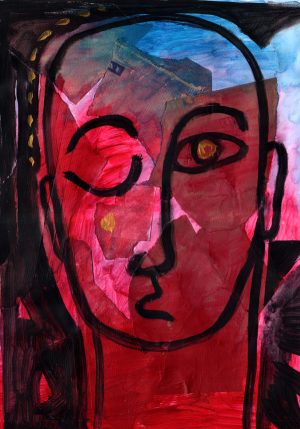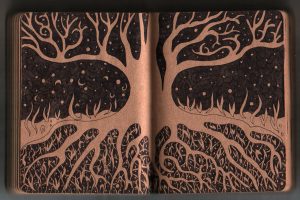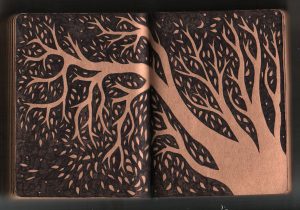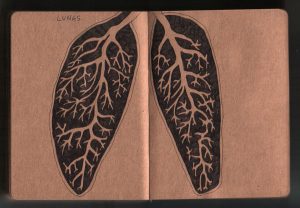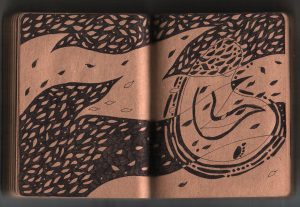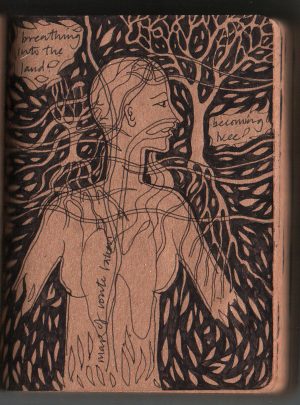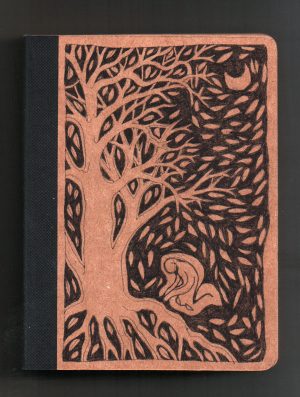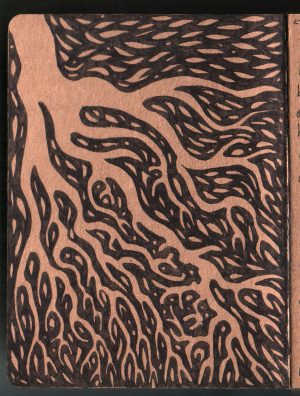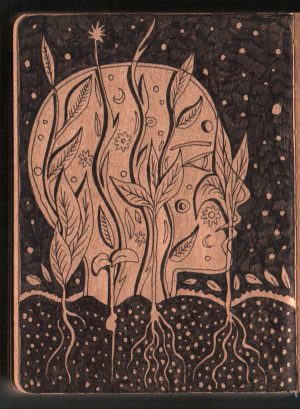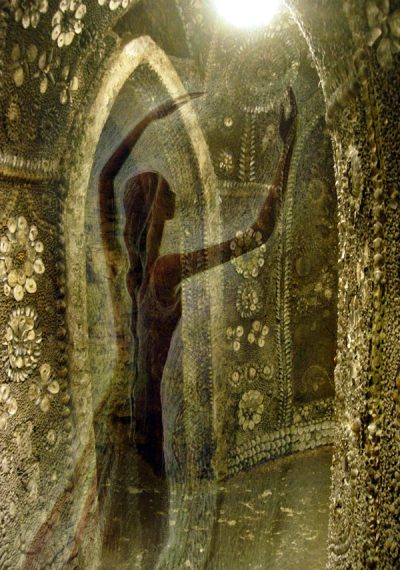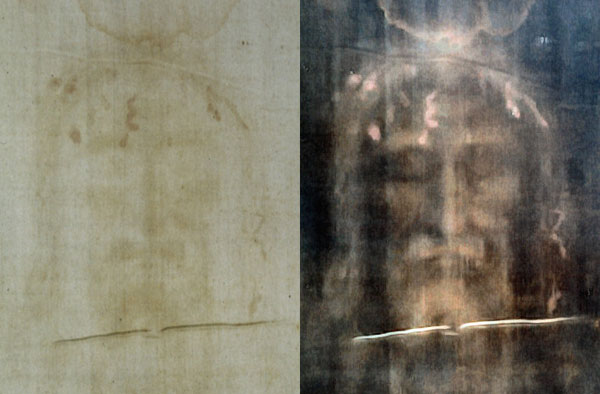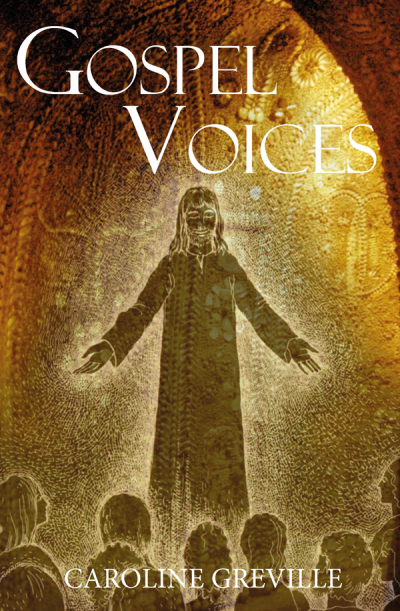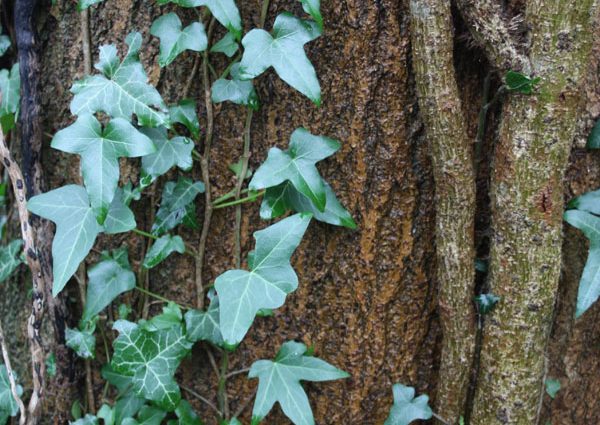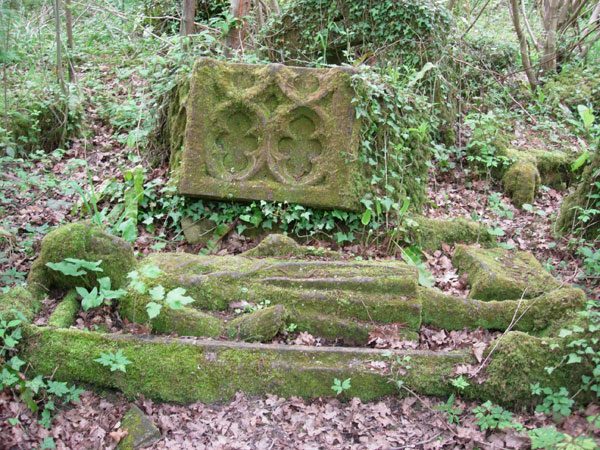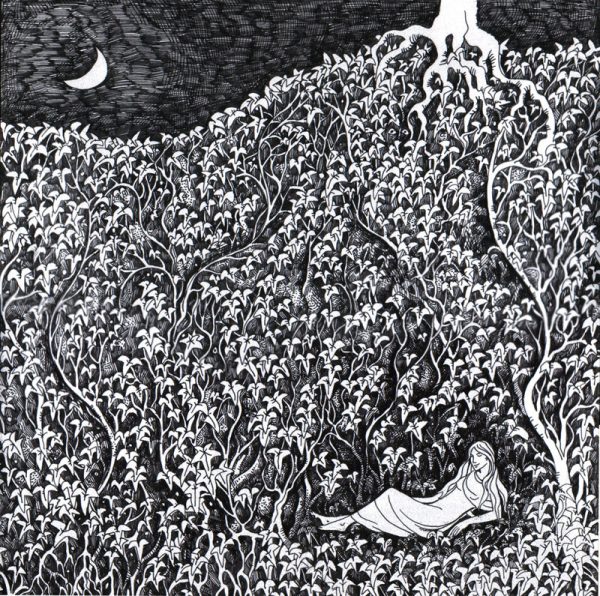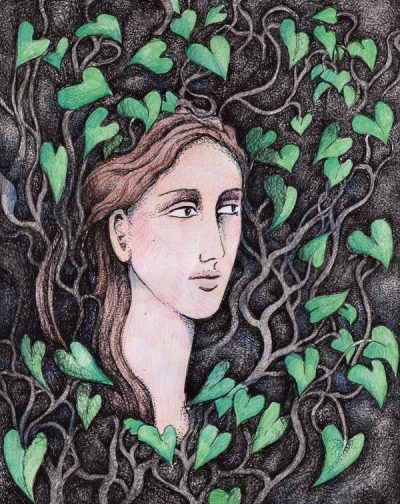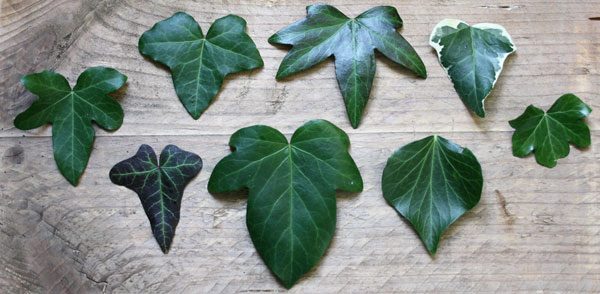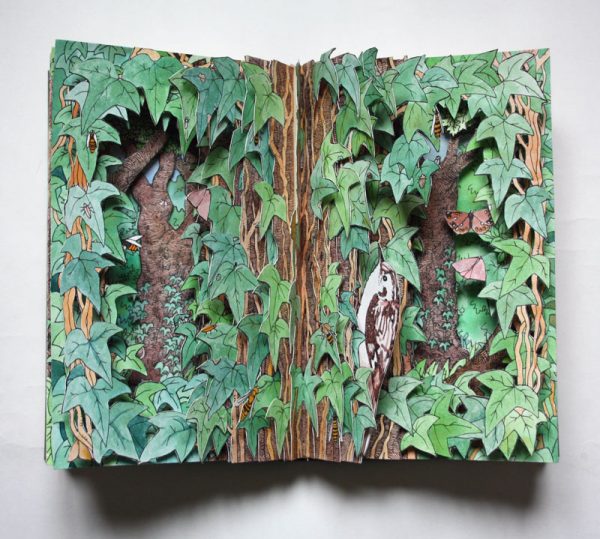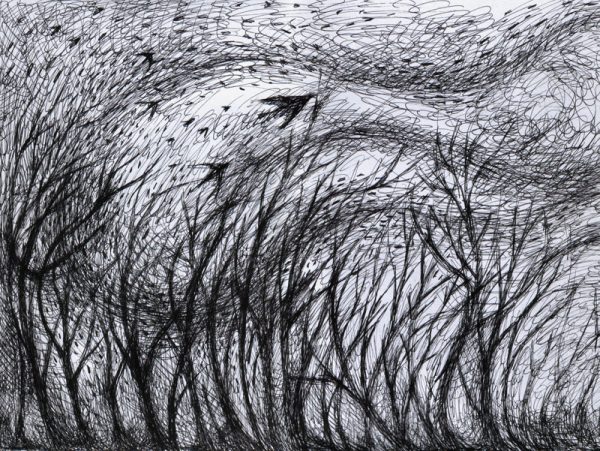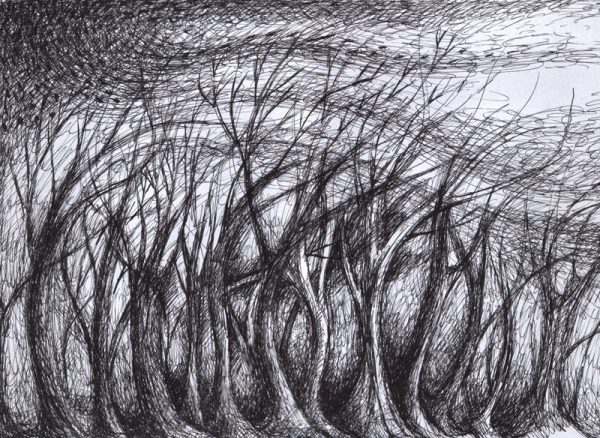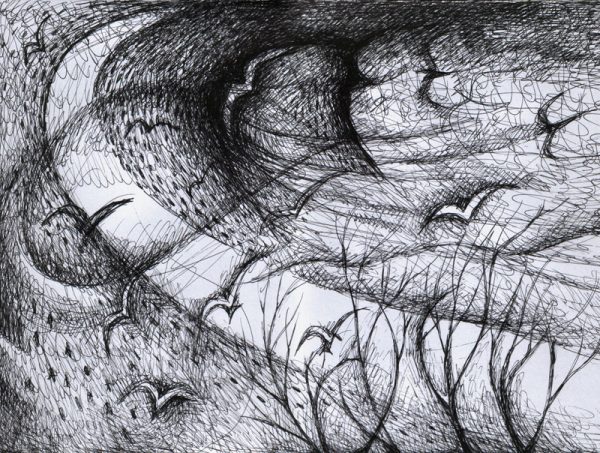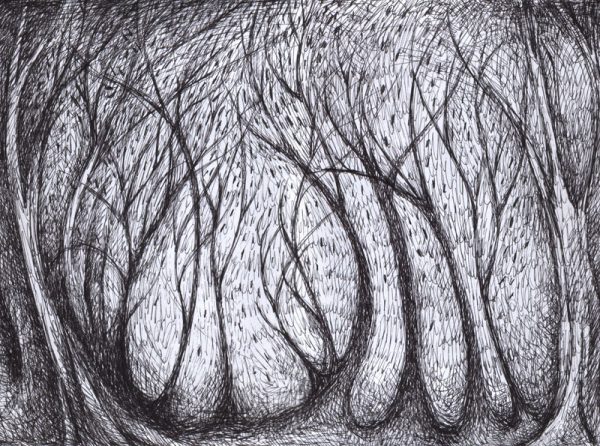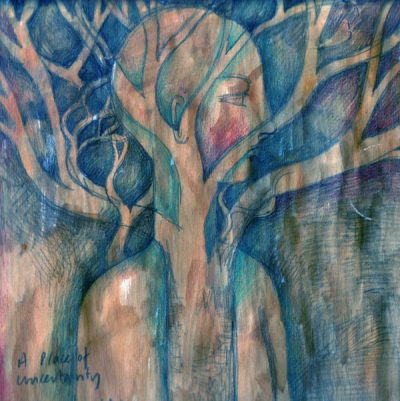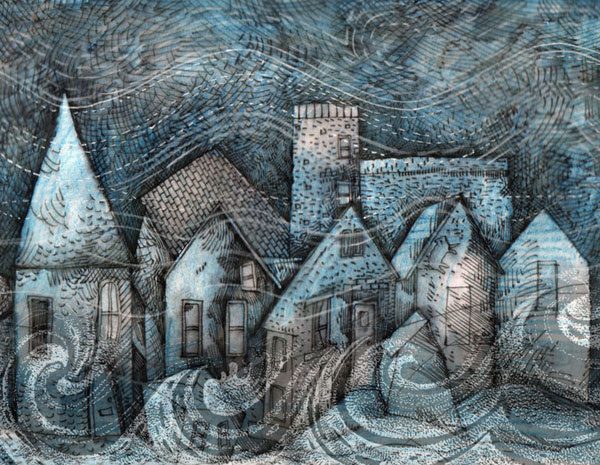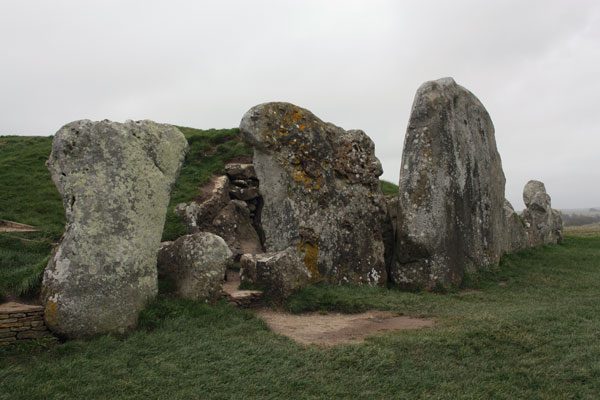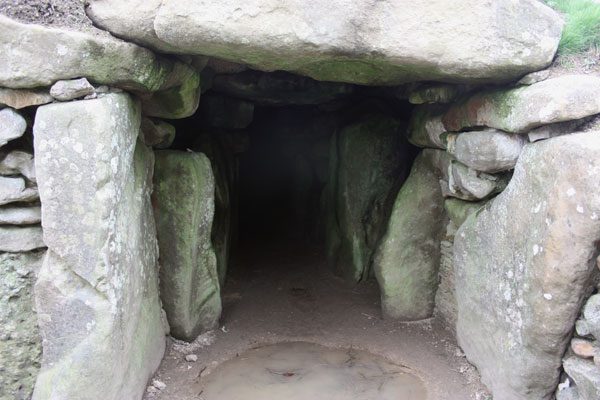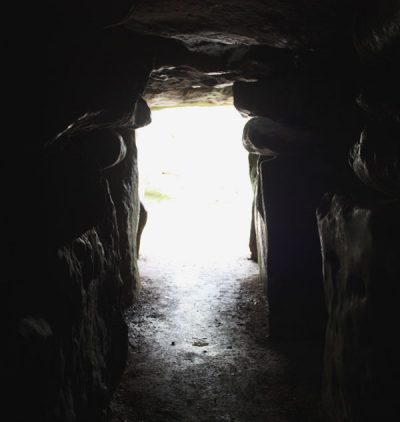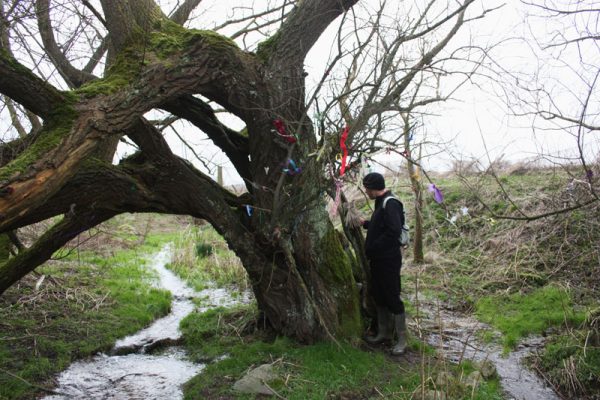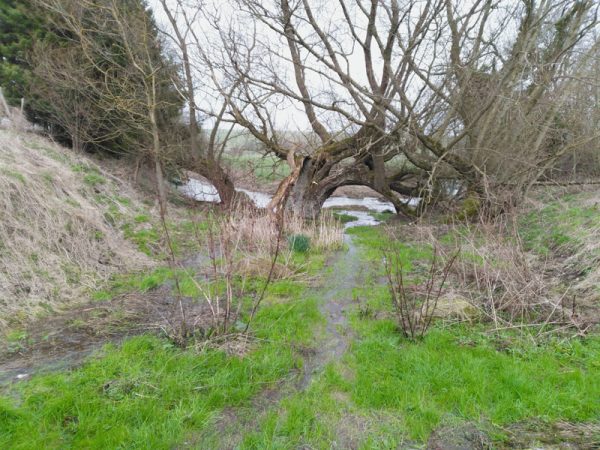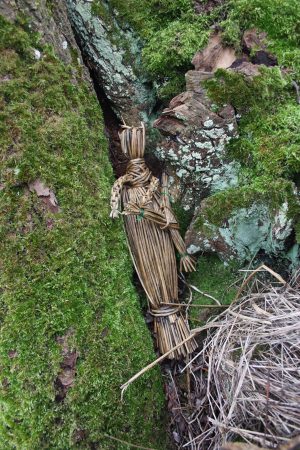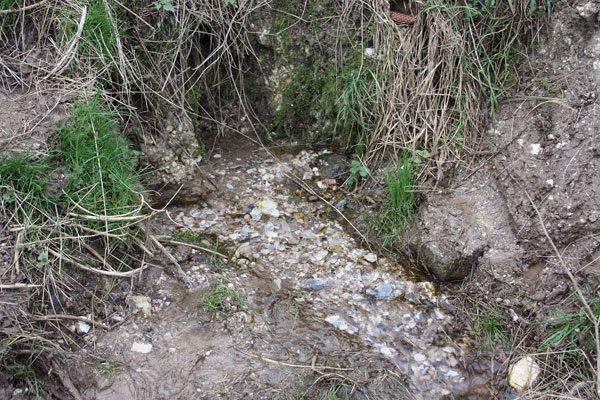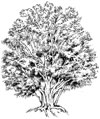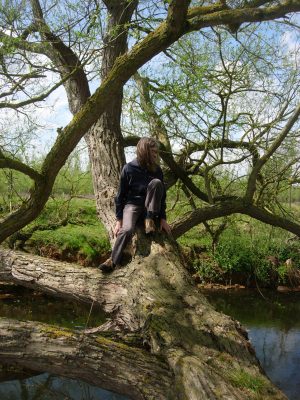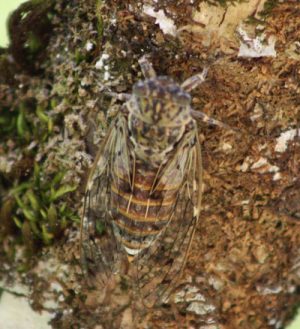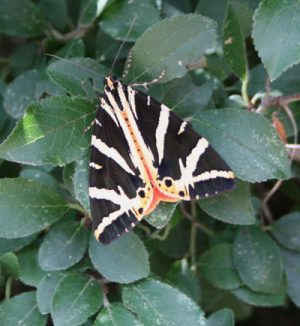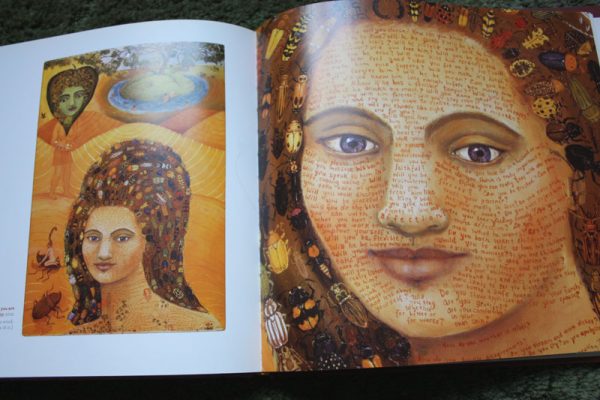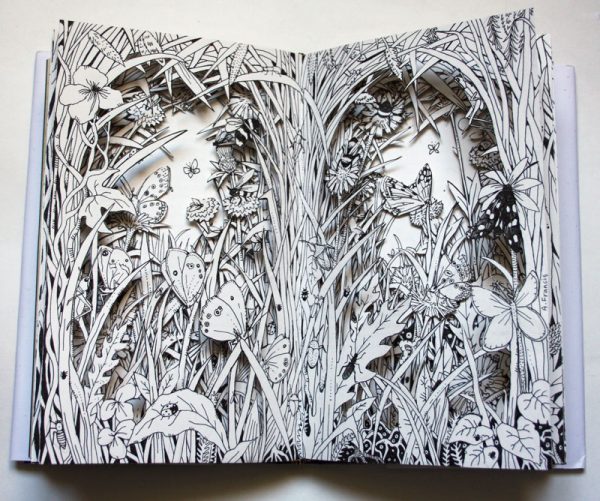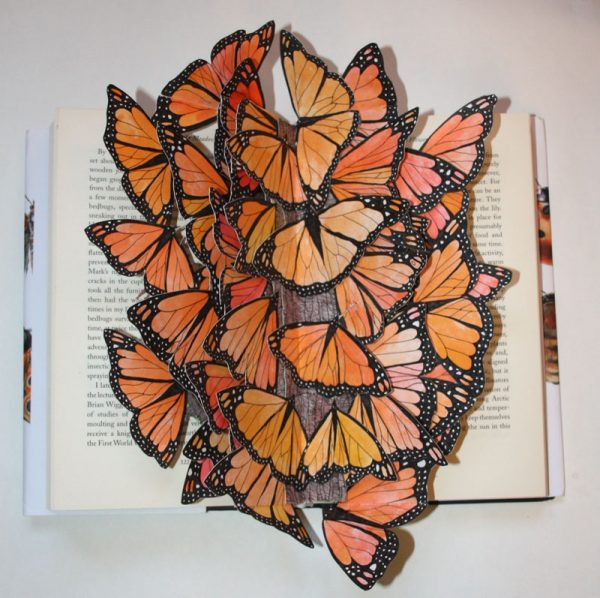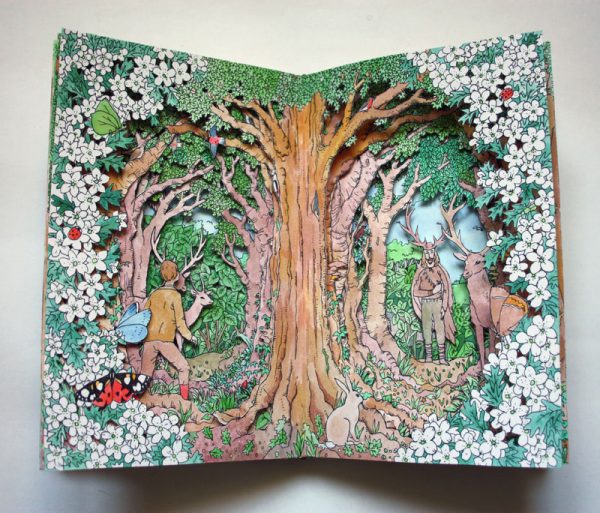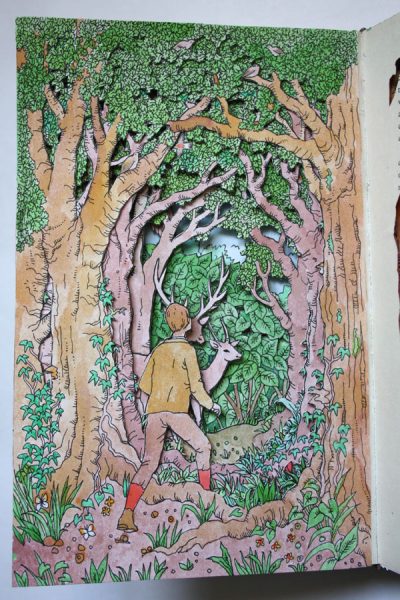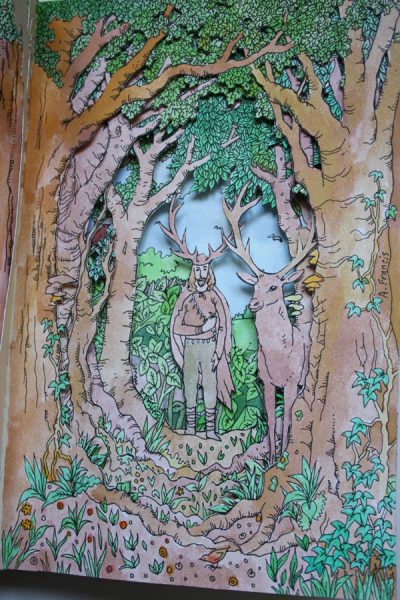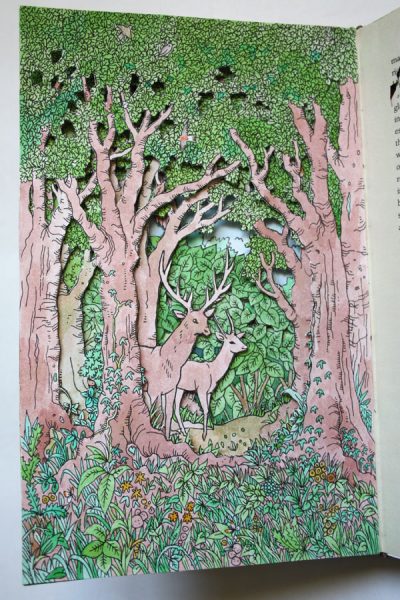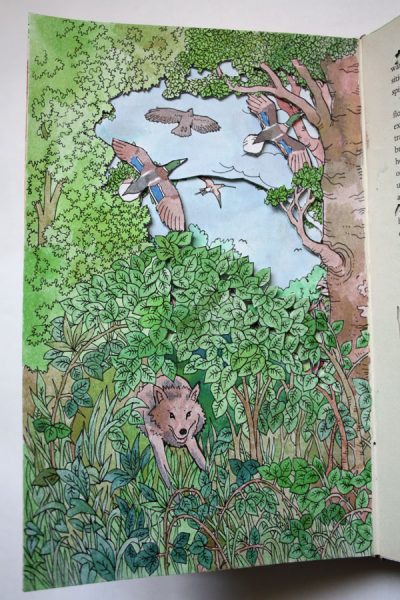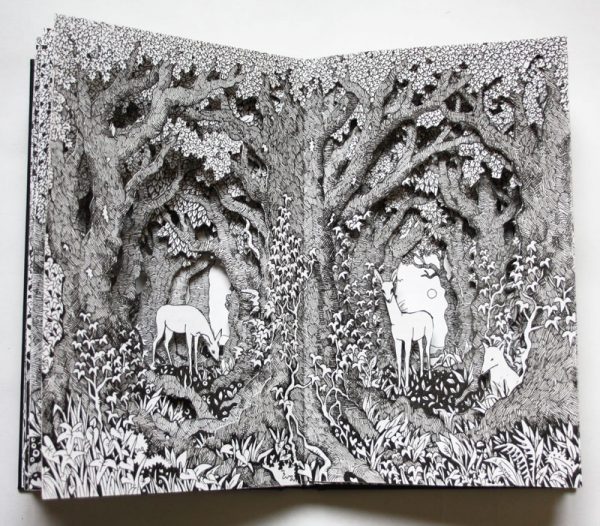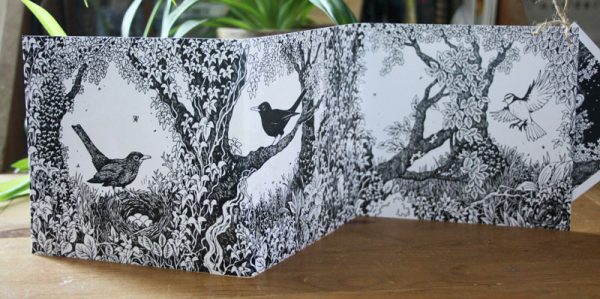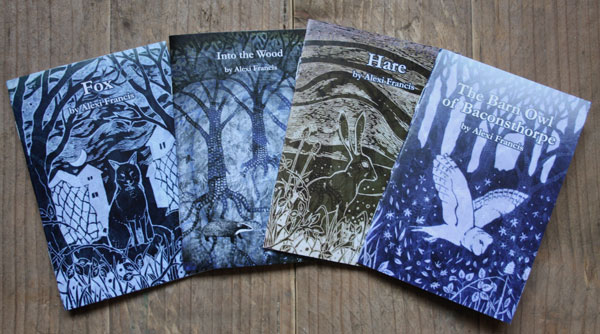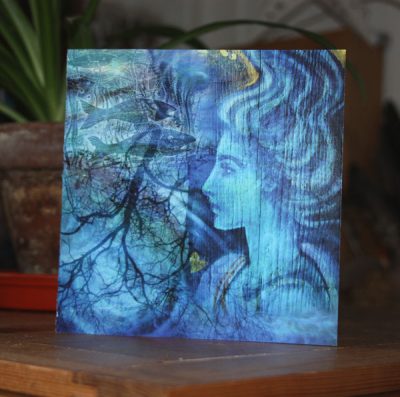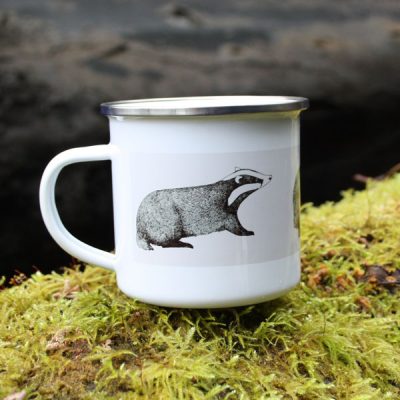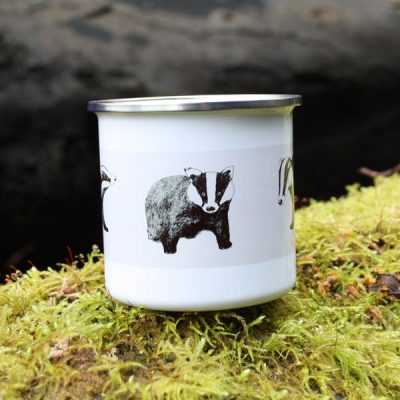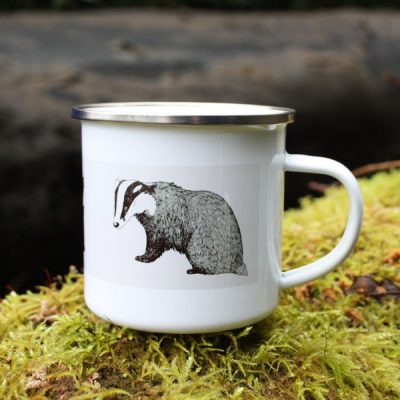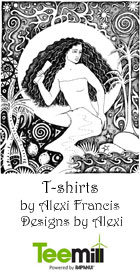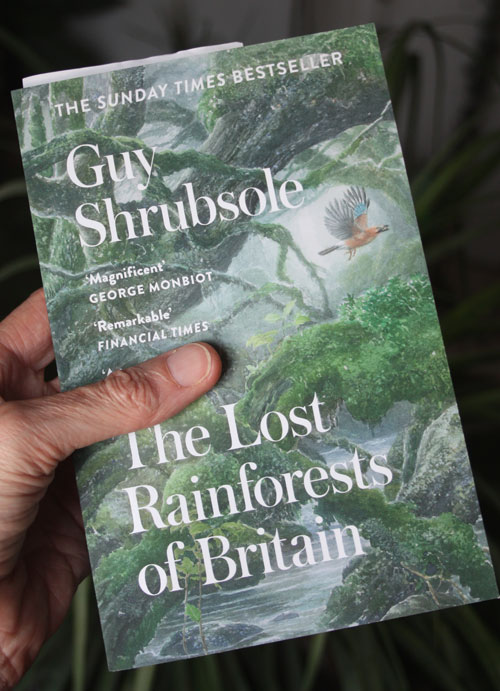My unease has been growing steadily over the past six months. I’ve felt inclined to withdraw, retreat without really knowing why, other than being aware of a strange feeling of foreboding, of something bad on the horizon.
First it was the terrible fires in Australia. I despaired at what was and is happening to the planet. Then came the floods, the now usual floods upending people’s lives. Then came the locust swarms in East Africa. Now it is coronavirus. These are unsettling times for everyone.
One night recently I sat up in bed feeling a rising panic. I could see nothing in the future, but a dark mist over everything. It was as though a meteriote had struck the earth and we were now reeling in one long eternal night. It was frightening. It is frightening. Then an image of the earth appeared in my mind, the wonderful, luminous blue planet rolling in the dark void of space. The earth was not alone, it rolled with other planets, star clusters, galaxies. Earth has seen so many disasters and catastrophes throughout it’s long existence, it just keeps rolling. Life retreats and dies out, but it always returns. In the dark void of space in my mind the earth is so old. It is so silent up there and peaceful. I find it quite calming to think of these crisis situations from this perspective. The silence, so nourishing. Is this like the Buddhist’s silence and emptiness?
Spring time is a time to be joyous. Still, now I often wake up feeling a bit depressed, a deep worry inside that contrasts with the brightness of sunshine and birdsong. It is a grief that I feel and what a lot of people are feeling right now.
The value and beauty of silence has stayed with me. The day following my panic attack I set out on a walk heading north to the edge of the city. I pass a tree in blossom. It hums a song of nectar and pollen, of honey; the bees are busy. Further on. I reach Old Boat Corner, the boundary of Stanmer Great Wood where a fringe of elephantine beeches mark what I like to think of as the frontier, the edge of the countryside. Entering through the trees the din of traffic grows quieter the further into the wood I wander. I know I won’t find silence, but I do find the trees full of birdsong. I realise now how much I need both birdsong and trees. I need trees right now, the tall, majestic beeches, the gnarly oaks, the green, algal, mossy ones.
There is no panic here. The word ‘panic’ has its root in the Ancient Greek god, Pan, whose wild cries caused fear in the woodland.
I walk through a strip of woodland I’ve walked a few times before. On the map it links Upper Lodge Wood with Flint Heap. When Kevin came with me recently he named it Dead Beech Lane because it is a-jumble with dead and fallen beeches – great for fungi in the autumn. I have made a little map of this area, which has become my sanctuary, my haven to retreat to.
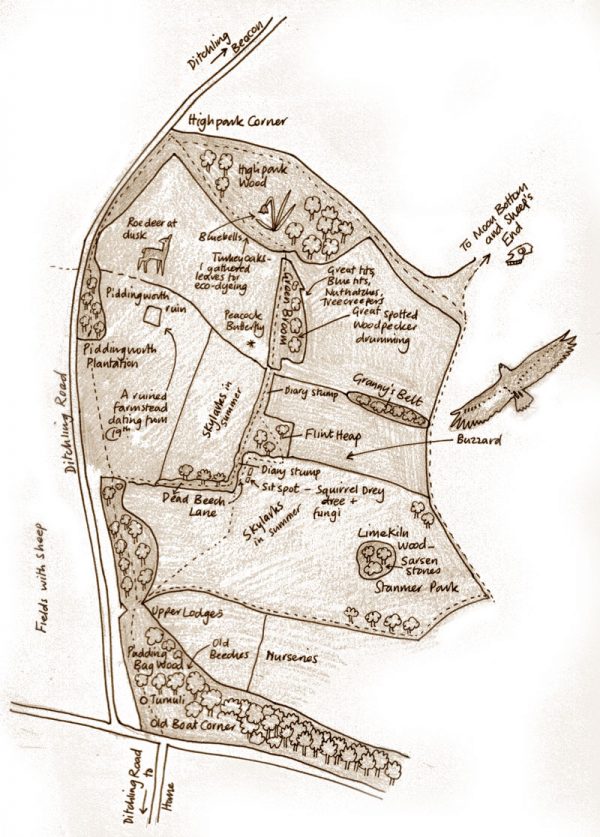
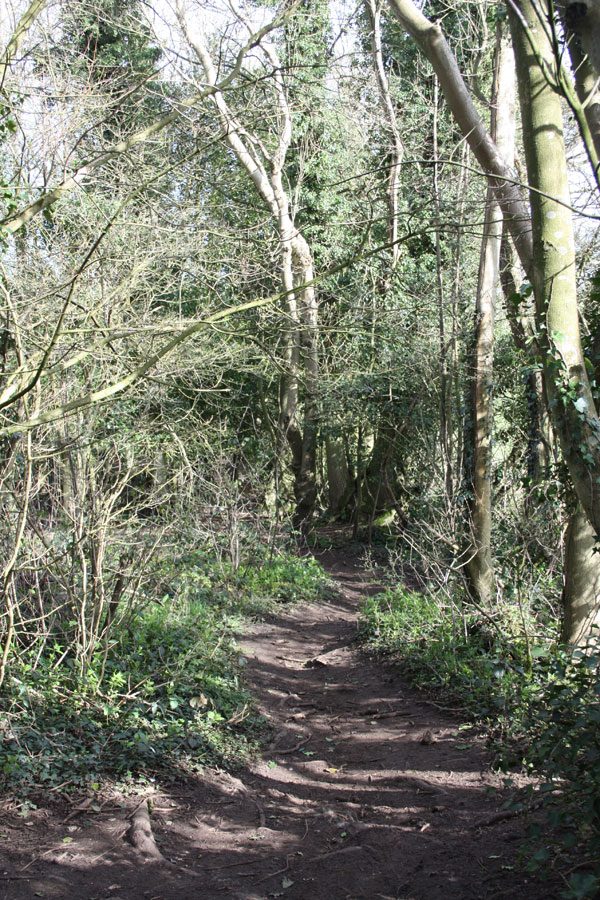
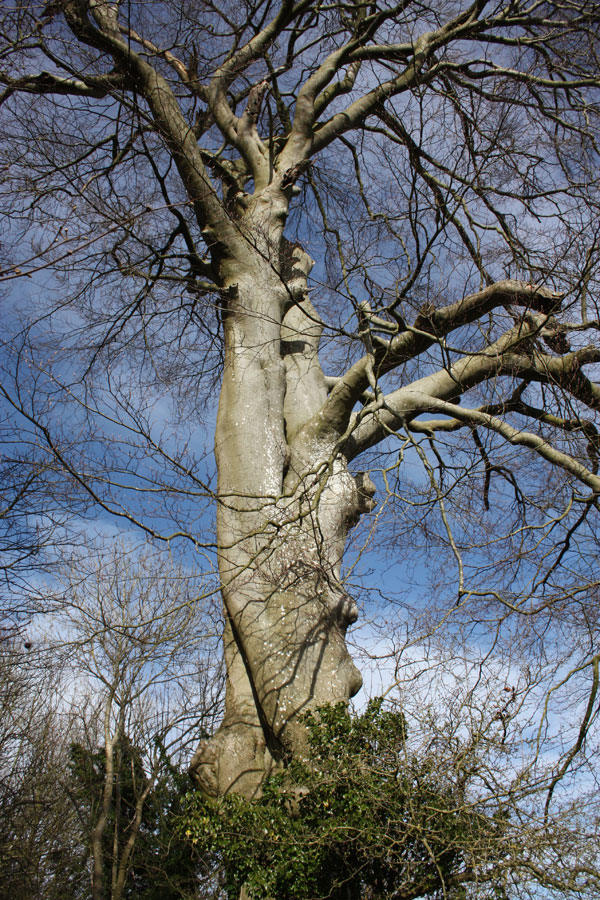
Some of the beeches must be at least two or three hundred years old.
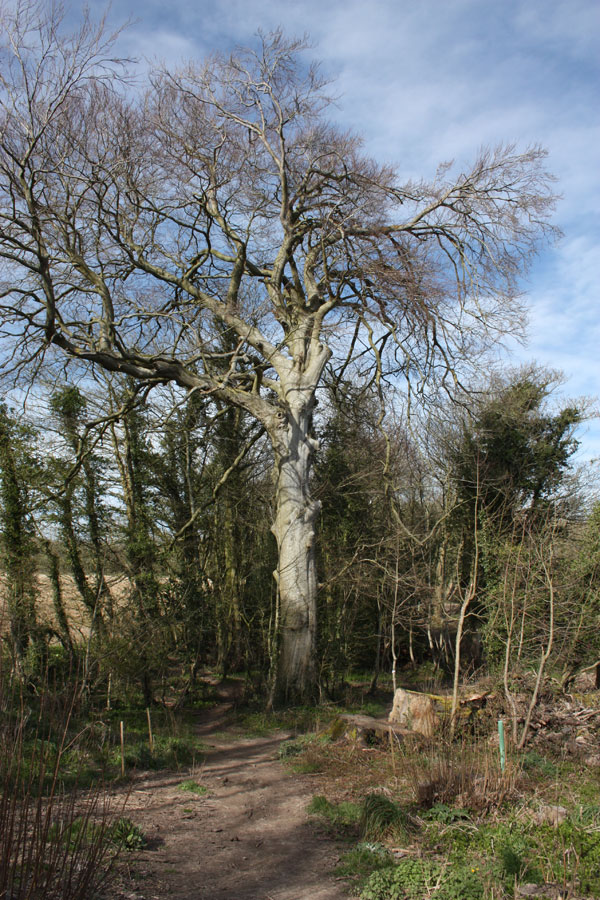
There is also a beech stump where I once wrote my diary:
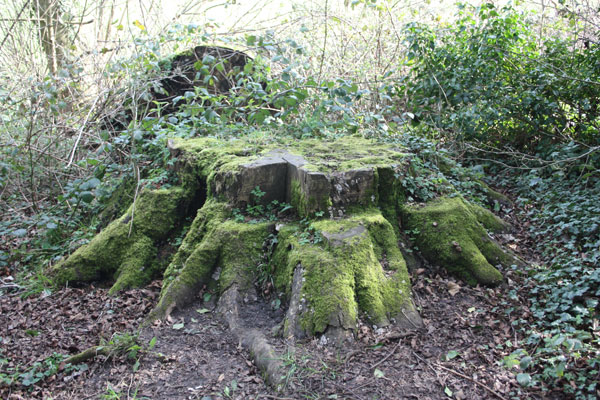
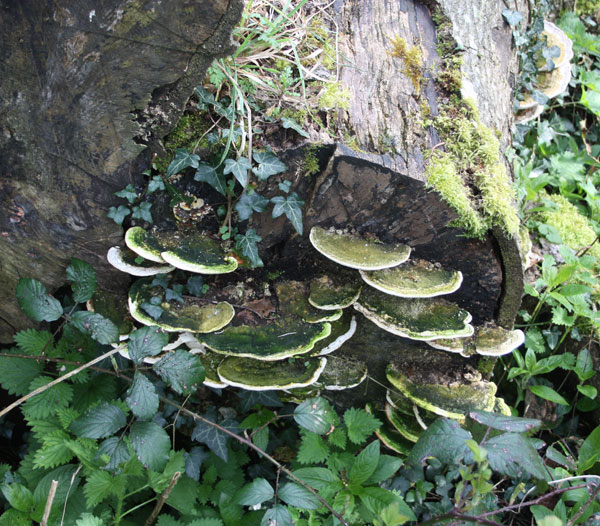
There is an interesting ruined farmstead in the area, Piddingworth Farm, that was abandoned in the early 1900s:
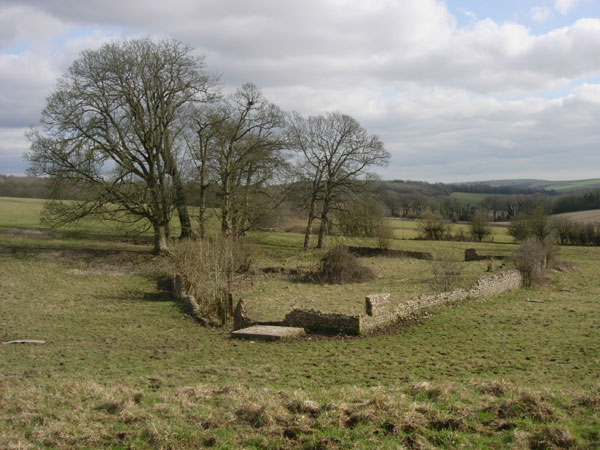
Sitting adjacent to the wood, I hear a green woodpecker call, then see a buzzard circling over a distant field. A flurry of gulls follows a tractor. Blue tits and great tits chatter in the hedgerow followed by jackdaws in the nearest beech tree branches. The drumming of a great spotted woodpecker echoes between the trees while a peacock butterfly follows me as I amble along the field-wood boundary.
Days pass and restrictions intensify. My unease is squeezed into a small space, home. I want to make this walk out of the city a regular thing, if it is still permitted. I consider it a sort of pilgrimage to visit the beeches. I want to sit with them. I want the land to dream me, to hold me. I feel grateful that I can walk out of my house and reach this patch of land that I could almost call home.
If I continue further into the woods and fields, I come to Green Broom, then Highpark Wood. The latter is a bluebell wood and currently has a verdant, leafy carpet soon to blossom to mauve. It is a popular spot with families and cyclists. Before they brought in even tighter restrictions, it seemed as though everyone was fleeing to these woods like myself.
Now more confined to home, I put my worry into words and images in my diary. I call these worry drawings. I’m not very imaginative with the images; anxiety constricts my imagination. I just let them come. Here are a few pages of worry drawings:
The coronavirus affects the lungs. Looking deep inside we see the landscape of our own hills, fields, rivers and trees. I must let the trees and land breathe me.
Wishing everybody well.
